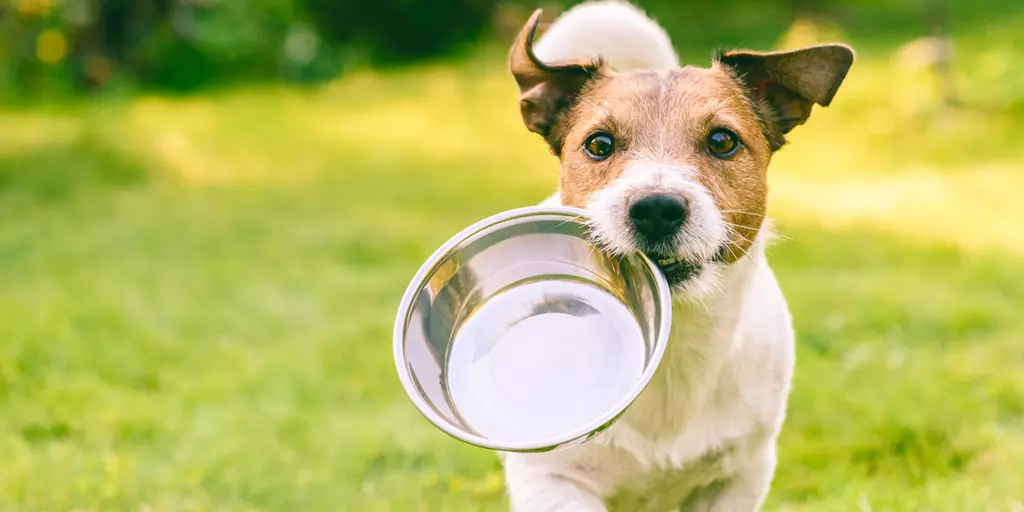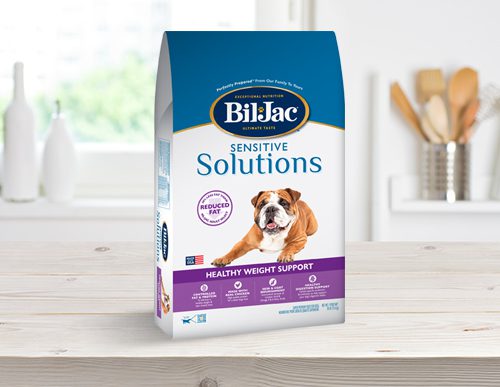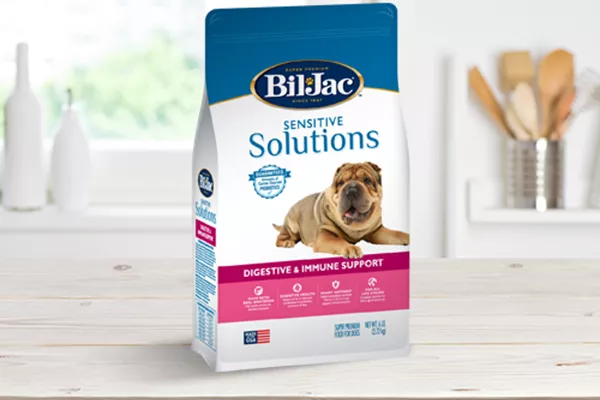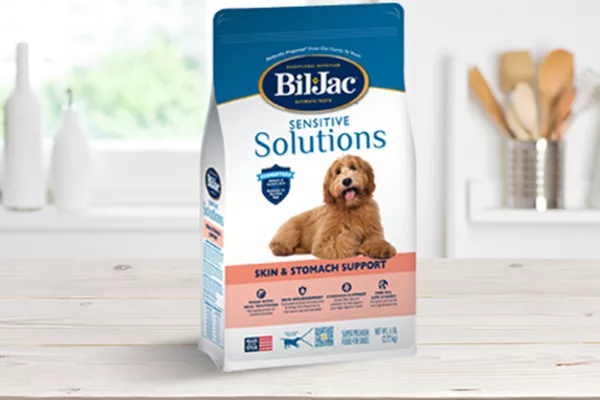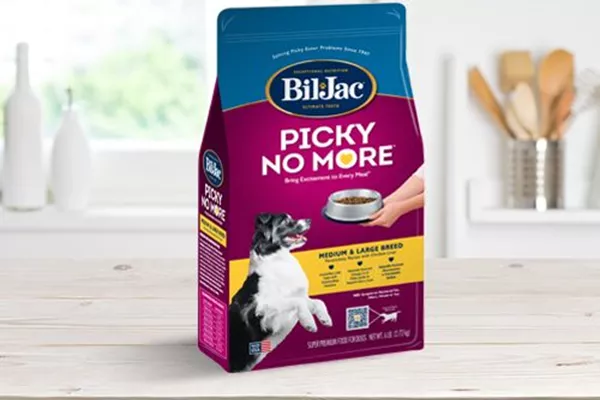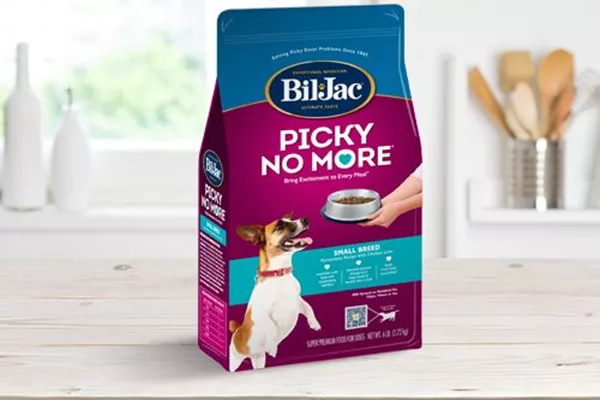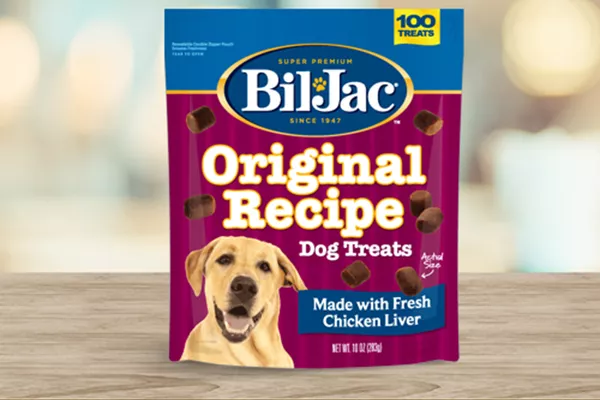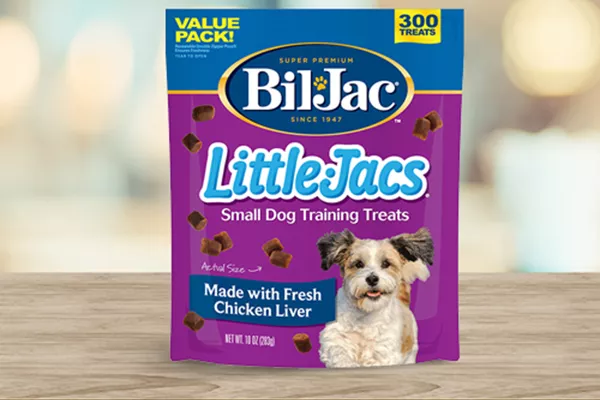Certain dogs approach mealtime a bit differently than others. While some furry friends are happy to follow a standard feeding schedule, others may exhibit other eating habits. Here are a variety of common eating traits in dogs (and what you can do to accommodate your furry friend’s needs).
The “I Got This” Eaters
Ideally, your canine companion will be more than happy to follow a regular eating schedule. A good feeding regimen could mean either two or three times per day depending on the age of your dog. Either way, a good eater is patient when being fed and will happily eat her share, so you don’t have to worry too much about her eating habits.
Feeding tips for dogs without any eating quirks
If your dog is in great health and eating regularly, there’s not too much you need to do. As long as you feed her a high-quality dog food based on her size and age, your furry friend should continue to happily eat according to her regular schedule. Use the feeding guidelines on the food package to start. Measure according to the weight of your dog, and adjust the amount of food up or down based on activity level and if your dog is holding weight, gaining weight or losing weight.
The “Panda” Eaters
While some dogs are perfectly fine with portion control, other tend to chow down a bit too much. As you’d expect, overeaters simply tend to overeat, which can cause your furry friend to become overweight if you’re not careful.
There are a couple of different ways to spot if your dog is an overeater. One sign is that she may devour an entire serving in a short period of time and beg for more. The same goes for treats, as well. It can be tricky to say no to that adorable face, but it’s important to limit your furry friend to what she needs instead of giving her as much food as she wants. It’s also good to avoid free feeding if your dog is an overeater. While some canines display better portion control, a big bowl of food sitting around is just an opportunity to overeat.
Feeding tips for dogs who overeat
If your dog is displaying signs of being overweight, you may want to consider feeding her a reduced fat formula until she returns to a healthier weight. Of course, you still want to provide her with a food that she’ll enjoy. For example, Bil-Jac Reduced Fat Recipe has 30 percent less fat than our Adult Select Formula, but still has delicious real chicken for great taste while helping you manage your dog’s weight.
The “Mealtime is Not Fun Time” Eaters
Unlike overeaters, picky dogs may not want anything to do with what’s in their bowl. Whether it’s because they’re particular or they’ve been spoiled by treats or other snacks, these particular pooches will ignore some or all of their food if it’s not up to their standards. Regularly passing on portions of a meal is a problem, as it’s important for your pooch to clean her plate and ensure a balanced diet.
Feeding tips for picky dogs
When your furry friend is being fussy about her food, it’s important to find something that she can’t turn down. One solution is to give her something delicious, such as Bil-Jac Picky No More Dry Food, made with real chicken liver. Once you find a food that entices your picky eater, make sure she focuses on those tasty meals and avoid giving her any human food or too many other treats.
The “Tactful Timers”
While some dogs are picky, other dogs refrain from eating because of some form of sensitivity. This could be because your dog has an issue with some of the ingredients in her dog food, such as a sensitivity to certain ingredients or how the food is made. Your dog may also experience discomfort when eating because of a dental issue or some other problem. In either case, you’ll want to address your dog’s sensitivity and provide her with a food that’s right for her.
Feeding tips for hesitant or sensitive dogs
If your dog has a sensitivity to ingredients or how the food is made, it’s time to try a solution designed for their dietary needs. A food like our Sensitive Solutions Recipe is made with a gentle fiber blend and slow-cooked with chicken and whitefish to be easy on delicate stomachs to help you dog enjoy eating once again. As for dental issues, you’ll want to start by checking with a vet to see if the issue is preventable of fixable. In the meantime, aim for a soft, easy-to-chew dry food like Bil-Jac Dry or a Bil-Jac Wet Dog Food to make mealtime an easier process for your best friend.
The “Jumping for Joy” Eaters
It’s not uncommon for dogs to get excited around mealtime – tasty food is worth cheering – but some canine companions can take this celebration a bit far. Signs of excitable behavior can include zooming around, barking, jumping, and even knocking the food bowl over in a rush of adrenaline.
Feeding tips for excitable dogs
Some excited behaviors aren’t necessarily bad, so you’ll have to determine your own tolerance level for various habits. If you want to try and train your dog to calm down during mealtime, you’ll need to try and refocus her excitement.
Feeding your dog after boisterous behavior will only reward her for that behavior, so try to get her to sit and stay in place first before you fill her bowl. If she starts to get up or bark, stop and tell her “no” before getting her to sit and stay again (don’t be afraid to use a treat to get her attention). It may take a few tries but repeating this practice over several days will help associate that calm behavior with food.
The “Back-off-My-Bowl” Eaters
Mealtime is a happy occasion, but some furry friends can get a bit defensive when it comes to their food. Certain canine companions may display signs of resource guarding, which is behavior that’s intended to drive other dogs, or even humans, away from something. In this case, that may mean growling, nipping, or other means to prevent others from taking their kibble.
Feeding tips for protective eaters
In some cases, food guarding doesn’t need to be retrained – simply giving your dog some space during meals will suffice. If defensive behaviors are starting to impact others in the house, you may need to take some measures to limit preventive behaviors. According to the ASPCA, that means going through a multi-stage process where you acclimate your dog toward your presence during meals while rewarding her with treats. Over time, this process will help your dog associate your presence near her food to positive experiences.
Tasty, Nutritious Dog Food for all Eating Habits
No matter what type of eater your dog is, your furry friend deserves the best. Want to learn more about what you can do to keep your dog happy and healthy? Join our Best Friends Club today to receive our exclusive email newsletter full of articles on training tips, healthy habits, and members-only discounts on Bil-Jac Dog Food, Treats, and other products.
